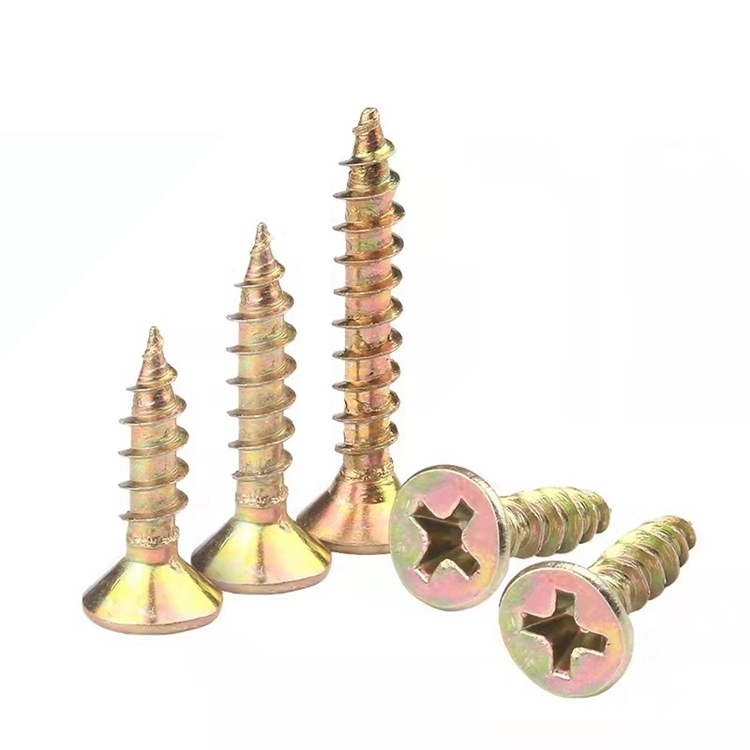Stainless Steel Hex Head Screws Manufacturers and Suppliers Overview
Nov . 24, 2024 06:48 Back to list
Stainless Steel Hex Head Screws Manufacturers and Suppliers Overview
Understanding Stainless Steel Hex Head Screws and Their Manufacturing
In the world of fasteners, stainless steel hex head screws hold a prominent position due to their durability, corrosion resistance, and versatility. These screws are commonly used in a wide range of applications, including construction, automotive, and manufacturing sectors. Understanding the manufacturing process and the significance of these screws, particularly from the perspective of factories producing them, can provide valuable insights into their importance in various industries.
What are Stainless Steel Hex Head Screws?
Stainless steel hex head screws are fasteners characterized by their hexagonal heads. The hex shape allows for a wrench or socket to easily grip the screw, facilitating application with greater torque. The use of stainless steel, an alloy primarily made of iron, carbon, and chromium, enhances the screws' resistance to rust and corrosion, making them ideal for both indoor and outdoor applications.
These screws play a vital role in secure fastening because they can withstand high levels of stress and strain. Their design allows for a strong grip, which is essential in structural applications where safety and reliability are paramount.
Manufacturing Process
The manufacturing of stainless steel hex head screws involves several critical steps
1. Material Selection The process begins with selecting high-quality stainless steel. Different grades, such as 304 and 316, are chosen based on their specific corrosion resistance and mechanical properties. Grade 316, for example, contains molybdenum, making it highly resistant to chlorides, thus suitable for marine applications.
2. Cold Heading In this step, wire rods of stainless steel are fed into a cold heading machine. This machine uses compressive force to shape the wire into the desired form of the screw head and threads. Cold heading is advantageous as it retains the material's strength while minimizing waste.
3. Thread Rolling After forming the heads, the screws go through a thread rolling process. This situation involves rolling the blanks between hardened dies to create sharp and precisely defined threads. Thread rolling enhances the strength of the threads, making the screws less prone to stripping compared to cut threads.
stainless steel hex head screws factories

4. Heat Treatment Depending on the specific requirements for mechanical strength and hardness, heat treatment may be applied. This process involves heating the screws to a high temperature and then cooling them rapidly, which alters the microstructure of the metal and increases its overall performance.
5. Surface Finishing To improve the screws' aesthetic and durability, surface finishing processes like polishing or passivation may be used. Passivation helps enhance corrosion resistance by removing free iron from the surface and forming a protective oxide layer.
6. Quality Control Before the screws can be dispatched, they undergo rigorous quality control tests. This can include dimensional checks, tensile testing, and corrosion resistance testing to ensure that they meet industry standards and specifications.
7. Packaging and Shipping Once they pass quality control, the screws are carefully packaged to prevent damage during transportation. Factories often provide various packaging options, including bulk containers or individual packaging, depending on customer requirements.
The Role of Factories in Innovation and Sustainability
Manufacturers are constantly innovating to improve production processes, minimizing waste, and enhancing the sustainability of their practices. Many factories are now investing in automation and advanced technologies like computer numerical control (CNC) machining to increase precision and efficiency in screw production.
Sustainability is another focus for many stainless steel hex head screw manufacturers. By adopting better practices, such as recycling and using eco-friendly materials, factories can significantly reduce their environmental footprint while meeting the growing demand for sustainable products in the fastener industry.
Conclusion
Stainless steel hex head screws are indispensable components across various industries due to their strength and corrosion resistance. Understanding their manufacturing process highlights the advanced techniques utilized by factories to produce high-quality fasteners. As industries move towards more sustainable practices, the role of manufacturers will be crucial in ensuring that these essential components meet both performance and environmental standards. With constant innovation, the future looks bright for stainless steel hex head screws and the factories that produce them.
Latest news
-
High-Quality Panel Stud Bolt Reliable Panel Stud Bolt Factory & Suppliers
NewsJul.08,2025
-
High-Precision Fine Thread Locknuts Manufacturer & Supplier Custom Solutions
NewsJul.08,2025
-
PH Imperial Stud Bolt – High Strength Fasteners from Leading Supplier & Factory
NewsJul.07,2025
-
High-Quality Allen Wrench Bolts Leading Factory, Company & Suppliers
NewsJul.07,2025
-
Wholesale Ball Stud Bolt - High Quality Supplier & Factory Price Reliable Wholesale Ball Stud Bolt Company
NewsJul.06,2025
-
High-Strength Alloy Bolts Manufacturer & Supplier Quality Alloy Fasteners Factory
NewsJul.06,2025
